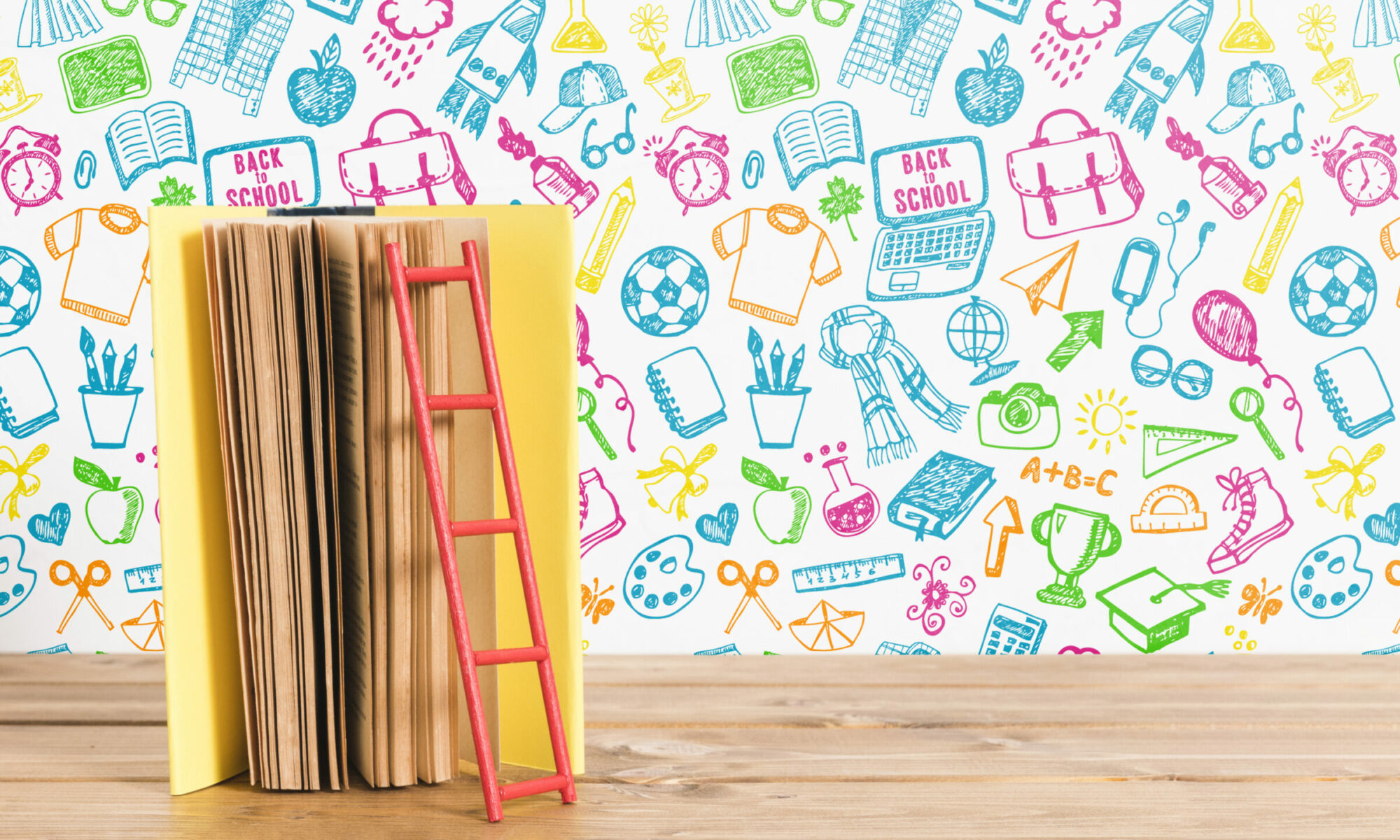This week I took a break from reading the Inquiry Mindset book. Instead, I researched different teacher’s Instagram accounts that follow the inquiry-based model of teaching. The first thing I noticed was that there are many more elementary teacher accounts than high school. I think this is because once students get to high school, most of the exploration is more individual and on the computers.
Here is a list of accounts that stood out to me:
- https://www.instagram.com/playful.inquiry.teacher/
- https://www.instagram.com/joysofkinder/
- https://www.instagram.com/inquiryteacher/
The three teachers above teach in either kindergarten or grade one classrooms. One commonality between the accounts is that they all seem to use mostly wooden materials like this: https://www.instagram.com/islandpegdolls/?hl=en Additionally, I saw that most classroom’s materials were very organic. I decided to do some more research into why that is…
Here is an explanation of the characteristics your materials in an inquiry-based classroom should have:
Relationship between materials and environment in children’s learning
I highly recommend that you follow the instagram accounts that I linked above. They are all so inspiring and give so much insight into what and inquiry classroom looks like.
